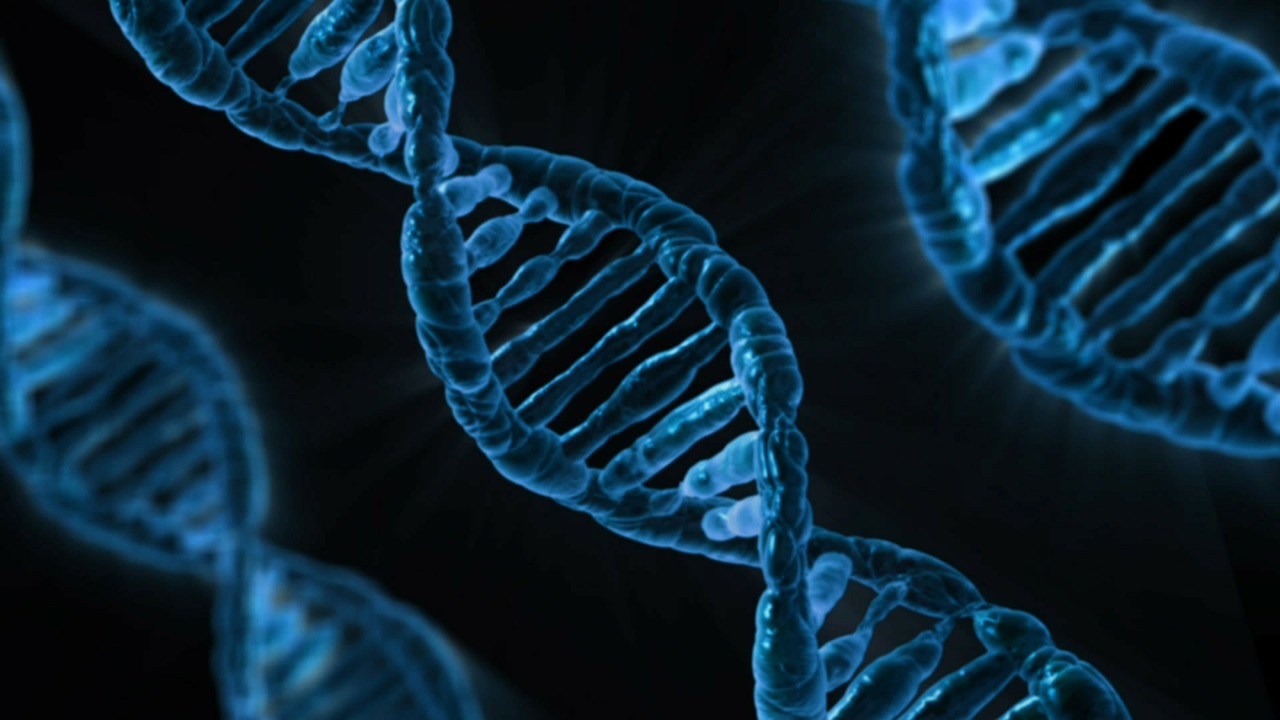Do you constantly hear CRISPR mentioned in the news and around the web, but never truly took the time to really understand what it is and how it works? If so, this (relatively) brief primer is just the thing for you. More than just an unpronounceable acronym, CRISPR is a revolution in the making. Considering the impact this technology will have on our future, it’s well worth understanding what everyone is talking about.
CRISPR (a short-hand used to refer to the CRISPR/Cas9 system) is a novel tool for genetic engineering, the manipulation of DNA in living organisms. Although CRISPR was only mastered in 2013, progress has been swift, and some ethical questions that seemed like distant thought experiments are becoming pressing issue we need to address. Unfortunately, as with most great science, a lot of misinformation and sensational headlines often accompany the scientific breakthroughs. That is why the best way to approach this debate—like any debate—is informed.
How does CRISPR actually work?
First, you should know that CRISPR, originally discovered as part of a naturally occurring immune system found in bacteria, is a cellular mechanism which can cut DNA strands (DNA can be visualised like a long string composed of 4 types of sub-units, which together form a language, not unlike the 0s and 1s used in computers). The way this works is based on two components, a pair of scissors and a template. The template is a short segment of RNA (which can be imagined as a photocopy of a short piece of DNA), which is kept floating around in the organism. The scissors are a protein (called Cas9), which can use these templates to identify a specific part of a string of DNA. Whenever the template matches a segment of DNA, it tells the Cas9 protein to cut the strand at the location it specified.
The real breakthrough was the realisation that this system can easily be hacked by using some Cas9 proteins (the scissors) and a custom designed template (it turns our RNA is something biologists already know how to make). Now, whenever the custom sequence defined in the template is encountered, the Cas9 protein will cut the DNA at the specified location. By defining the right template sequence, it is possible to cut anywhere, at will.
 Cas 9: not quite the scissors you had in school.
Cas 9: not quite the scissors you had in school.
Of course, there are many subtleties, such as inserting a new piece of DNA where the cut was made. To do that, scientists rely on a naturally occurring system, which detects breaks in DNA and repairs them. By taking advantage of this process, it is possible to “trick” the cell into incorporating an additional piece of DNA while it repairs the cut. However, this is harder to achieve than simple cuts, and is currently posing some challenges. This is why the first set of applications will orbit around removing segments of DNA rather than adding new ones.
Although there are many variations, the underlying mechanisms is always the same—diverting the CRISPR/Cas system to achieve one’s goal.
Okay, but back up a little, why should we even want to change someone’s DNA?
DNA is the blueprint that carries the instructions for the development and normal functioning of living organisms. Each cell in our body has the ability to assemble proteins based on the information contained in DNA. These proteins, in turn, carry out every imaginable function, from responding to stimuli to transporting cargo (i.e. molecules) across long distances and much more. Because DNA literally contains the information on how to assemble the building blocks of an organism, the ability to modify the code can have almost unlimited potential. This is called genetic engineering.
For instance, one of the most commonly discussed (and also controversial) uses of genetic engineering is in designing new plant species (commonly known as GMOs). This concept has been used to create plants which produce added vitamins (which may be missing from some people’s diets—see golden rice), plants which have longer shelf lives, better yields and much more.
Although modifying plants is one of the best-known applications, genetic engineering is also crucial in the manufacturing of certain types of medicine. Insulin for instance, used in the management of type 1 diabetes, is produced by genetically modified organisms. Indeed, bacteria (and recently even plants) have been modified to synthesise insulin in large quantities—so that it can be harvested from bioreactors. The same goes for many other products, such as human growth hormones and some vaccines.
And it doesn’t end there. Genetic engineering is also an invaluable tool for scientific research. Having the ability to modify DNA directly is one of the most important aspects of modern biology. Those white mice in cages? You guessed it, they’re genetically modified. In fact, there are entire libraries of mice that researches can choose from, which have been engineered to have any number of useful characteristics, such as organisms which can act as models of human diseases (i.e. mice that develop Parkinson’s disease). It can easily be argued that many advances in modern biology would not have been possible without the amazing toolbox that genetic engineering provides.
 These colourful looking fish are the result of genetic modifications.
These colourful looking fish are the result of genetic modifications.
All of these things, however, already exist. We already live in a world where genetic engineering is a well established method used in countless industries (I mean, look at those genetically engineered glow-in-the dark fish you can buy, isn’t that straight out of a sci-fi movie?). Some worry about a world were genetic modification are pervasive, enabled by advances such as CRISPR. The truth is we already live in that world. CRISPR is simply the next step.
So why are we talking about this now, what does CRISPR change?
Although the CRISPR/Cas9 system could simply be dismissed as the latest tool in a long line of techniques for increasingly precise and efficient genetic manipulations, it is still a groundbreaking step because of its ease of use and low cost.
One of the biggest reasons everyone is getting excited is gene therapy, or the use of genetic engineering directly on humans for therapeutic reasons. With gene therapy, the stakes become much higher—potentially saving countless lives and relegating some of the worst pathologies to the history books. Being able to efficiently and precisely edit the genomes of living humans would unlock entire new approaches to curing illnesses. Just to give you an example, recent clinical trials have demonstrated that taking someone’s immune cells, genetically engineering them to recognise cancer cells and re-injecting them into the patient's body could slow down or even stop some forms of cancer. Although CRISPR is not strictly necessary to implement these new therapies, having a tool that is easier to use, faster to deploy and more precise could mean these treatments will arrive sooner and be accessible to a larger population.
And gene therapy doesn’t stop at re-engineering immune cells either. In fact, there are so many options that it would make little sense to list them all. For instance, some rare genetic diseases are caused by the lack of a specific gene. With CRISPR, one could simply add the missing sequence, essentially resolving the symptoms. This approach was used at the beginning of 2015 by a group of researcher, in a study that offers a striking illustration of the potential benefits of gene therapy. These scientists took monkeys infected with HIV and gave them a gene which encoded for a specific type of antibody. After the genetic treatment, the apes were cleared of HIV. These types of promising results are what turned genetic engineering (and CRISPR) into the buzzword it is today.
Enough with the scientific stuff, how this will shape the future?
The current applications of genetic engineering include some exciting prospects, such as improved crops, widely available therapies (insulin, etc) and gene therapy’s ability to rid us of countless pathologies. But what comes next?
With a sufficiently precise and reliable tool for genetic modifications in humans, like CRISPR appears to be, there is an almost infinite number of things one could imagine. Very quickly, we could move from eradicating medical conditions to enhancing humans. Once that door is open, almost anything is possible: faster growth, sharper senses, smarter minds—our genes determine everything we are, so changing them can affect anything we want.
At this point, an important distinction has to be made. There are two types of genetic modifications: those affecting somatic cells, which are cells cannot be transmitted further, and those affecting germline cells—which are passed on to future generations. Everything we have discussed in humans so far concerns somatic cells. Such modifications only affect the person receiving them, which means the risk is much more contained. In fact, many countries currently expressly forbid germline modifications. Still, the possibilities offered by modifying somatic cells are vast and promising—even if we do not veer into the dangerous territory of hereditable genetic modification, we will make great strides towards improving the human conditions and ushering in a better future for many.
But germline modification would offer even more potential. With designer babies, for instance, desirable traits could be inserted directly in embryos prior to implantation. This is something many worry about, because the consequences of introducing engineered genes in our collective human DNA are hard to predict, and therefore potentially dangerous. As is often the case, the high risk is also coupled with high reward. Modifying embryos, and therefore the human gene pool, could lead to the complete eradication of any trait which may be considered undesirable. Despite the undeniable potential, many scientists believe we should not attempt this until we develop a more precise understanding of the multifaceted interactions between modified genes and the organism.
In an attempt to drive a sensible debate, some futurists have argued that such tools may end up only benefiting a small elite of wealthy individuals, leading to an ever increasing gap between the wealthy and genetically improved, and the rest. Clearly this is hard to predict, but if there is one undeniable fact, it is that gene therapy will lead to profound changes in our society. If we are not careful, it might easily take us down a dark and difficult path.
That’s both scary and amazing…but how much of this is just hype?
There has recently been widespread hype around CRISPR and genetic engineering in general. Usually, this kind of intense interest from the general public is not a very welcome thing for a scientific field. The unfortunate result of so much scrutiny is often loud alarmism and hasty conclusions—a misinformed exercise in wild speculation. Of course scientists should strive to disseminate their work and awaken the public’s interest, but when the subject is as polarising as it is with CRISPR, there is bound to be a lot of nonsense thrown around. This is reflected in a generalised exaggeration of both the benefits and the risks. As we have seen, CRISPR, and genetic engineering as a whole, will have a staggering impact on the future of almost all human activities, from the medical to the industrial. However, it is good to part with a slightly more realistic take—bringing us back from the clouds and onto solid ground. In a recent article, Jocelyn Kaiser of Science, one of the world’s leading scientific publications, argued that there are many substantial hurdles and potential setbacks that still need to be addressed before CRISPR can deliver on all the promises scientists have made. Although some may describe it as the holy grail of genetic engineering, others are more wary of hasty conclusions, especially when patients’ hopes are involved. As often in science, for now the consensus should be: cautious optimism.
If you enjoyed this story, consider subscribing to my website (you can use this link). That way, you'll automagically be notified every time a new story is online, right in your mailbox! I know, technology, right?



